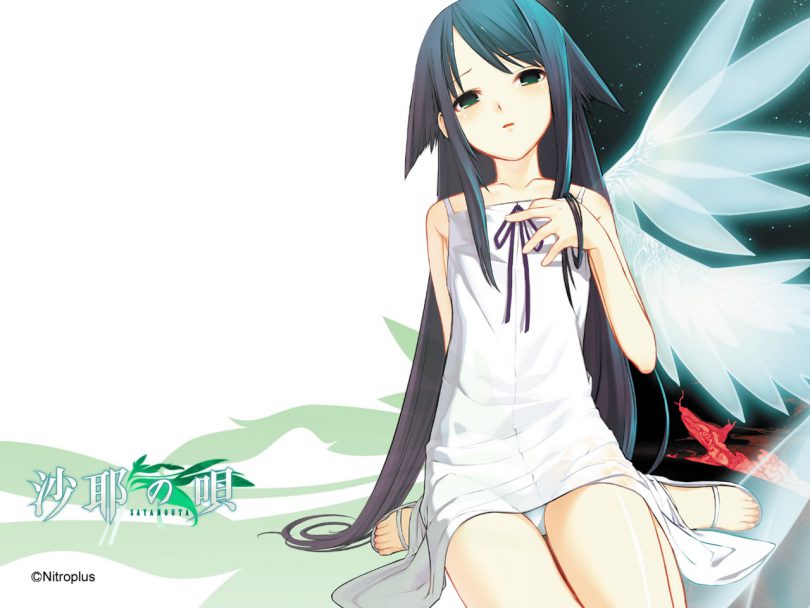
DANISH SCUM!

The list of episodes is:
- Riget (Season 1) (1994):
Day 1: Den hvide flok (The Unheavenly Host)
Day 2: Alliancen kalder (Thy Kingdom Come)
Day 3: Et fremmed legeme (A Foreign Body)
Day 4: De levende døde (The Living Dead)
- Riget II (Season 2) (1997):
Day 5: Mors in Tabula (Death on the Operation Table)
Day 6: Trækfuglene (Birds of Passage)
Day 7: Gargantua
Day 8: Pandæmonium

The Kingdom shows the lives of the doctors, patients, and workers of the hospital Rigshospitalet (nicknamed The Kingdom) in Copenhagen, Denmark. This hospital is haunted, and many characters interact with each other and face supernatural forces of good and evil.

I can describe Riget like a mix of Twin Peaks with House, M. D.; A really strange mix of psychological horror, black comedy, with some mystery and thriller elements. On the one hand, the darker elements present in this mini-series are surreal, weird, obscure and disturbing. There are ghosts, a deformed baby, cults, zombies, and so on and so forth. Many TV shows try to add a lot of special effects to create fear in their viewers and The Kingdom with less does more than many horror shows. On the other hand, the comedic elements are more related to black comedy and a Danish humor which is usual in other Von Trier's works. I laughed a lot at the stupid situations that the characters encountered and the fact that most of them were dumb... Really, really dumb.

The intro has some great music and I really liked the use of negative images (which Von Trier talked about extensively in his film The House That Jack Built) and the fact that Von Trier appeared at the end of every episode giving his acid comments on the series and insulting the audience about the futility of their boring lives and meaningless existence. Pretty "Danish".


Regarding the cinematography, Riget has abrupt cuts, which are present in other Von Trier's works, and a sepia scheme that is throughout the entire series. In addition, The Kingdom can be seen as a proto-Dogme 95 TV series. For the ones who don't know, Dogme 95 was a filmmaking movement founded by Lars Von Trier and Thomas Vinterberg in 1995. It had certain rules to follow and despite the fact that Riget existed before the movement was founded, you can see some elements that would soon appear in films like The Idiots (1998), another Von Trier film.

In addition, the characters are funny, charismatic, and silly. Ranging from xenophobic doctors and spiritists to workers with Down Syndrome; I seldom see people with Down Syndrome in acting and this was a really nice thing to see.

The story presented in the show has many subplots, such as the ghosts that haunt the hospital and the rivalry between Helmer and Krohshøj to clandestine races and sinister cults. There are so many stories that sometimes it can get very confusing for the viewers, and the fact that it never got a third season left most plots without a proper conclusion. As a fun fact, the american writer Stephen King based his series Kingdom Hospital on The Kingdom.

The story presented in the show has many subplots, such as the ghosts that haunt the hospital and the rivalry between Helmer and Krohshøj to clandestine races and sinister cults. There are so many stories that sometimes it can get very confusing for the viewers, and the fact that it never got a third season left most plots without a proper conclusion. As a fun fact, the american writer Stephen King based his series Kingdom Hospital on The Kingdom.

What more is there to say? I can mention a lot of things, but I prefer that you enjoy the series and be immersed in this strange world that is The Kingdom and be prepared to take the Good with the Evil!
Cast (shamelessly taken from Wikipedia):
Ernst-Hugo Järegård – Stig Helmer
Kirsten Rolffes – Sigrid Drusse
Holger Juul Hansen – Einar Moesgaard
Søren Pilmark – Jørgen 'Hook' Krogshøj
Ghita Nørby – Rigmor Mortensen
Jens Okking – Bulder Harly Drusse
Otto Brandenburg – Hansen
Annevig Schelde Ebbe – Mary Krüger
Baard Owe – Palle Bondo
Birgitte Raaberg – Judith Petersen
Peter Mygind – Morten 'Mogge' Moesgaard
Vita Jensen – Female dishwasher
Morten Rotne Leffers – Male dishwasher
Solbjørg Højfeldt – Camilla
Udo Kier – Åge Krüger / Little Brother
Birthe Neumann – Secretary to Moesgaard, later to Helmer
Erik Wedersøe – Ole
John Hahn-Petersen – Secretary Nivesen
Henning Jensen – Director Bob
Louise Fribo – Sanne Jeppesen
Laura Christensen – Mona Jensen
Vera Gebuhr – Gerda
Ole Boisen – Christian
Nis Bank-Mikkelsen – Priest
Thomas Bo Larsen – The Falcon
Henrik Koefoed – Radiologist
Poul Hüttel – Steenbæk
Helle Virkner – Emma Mogensen
Stellan Skarsgård – The Swedish lawyer















